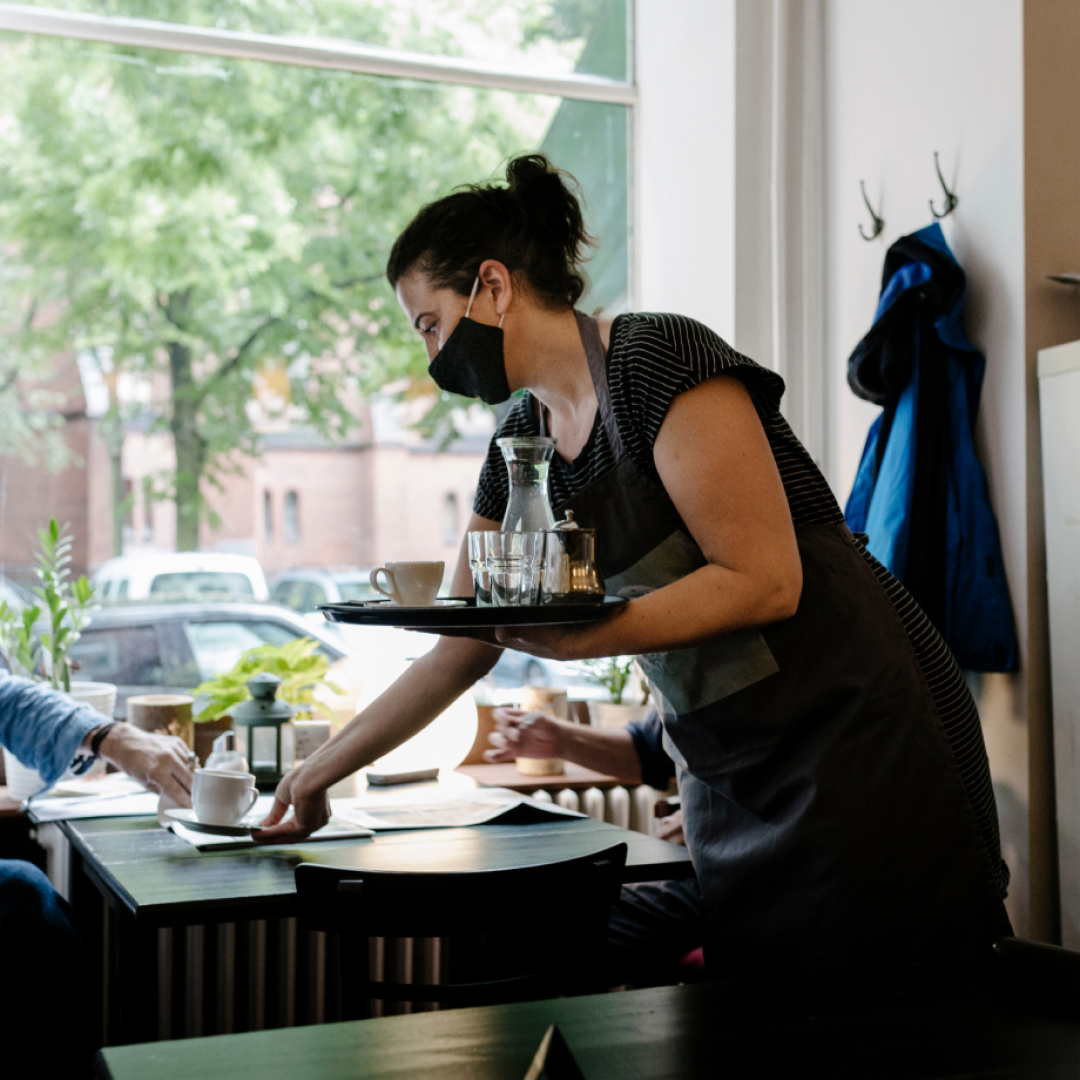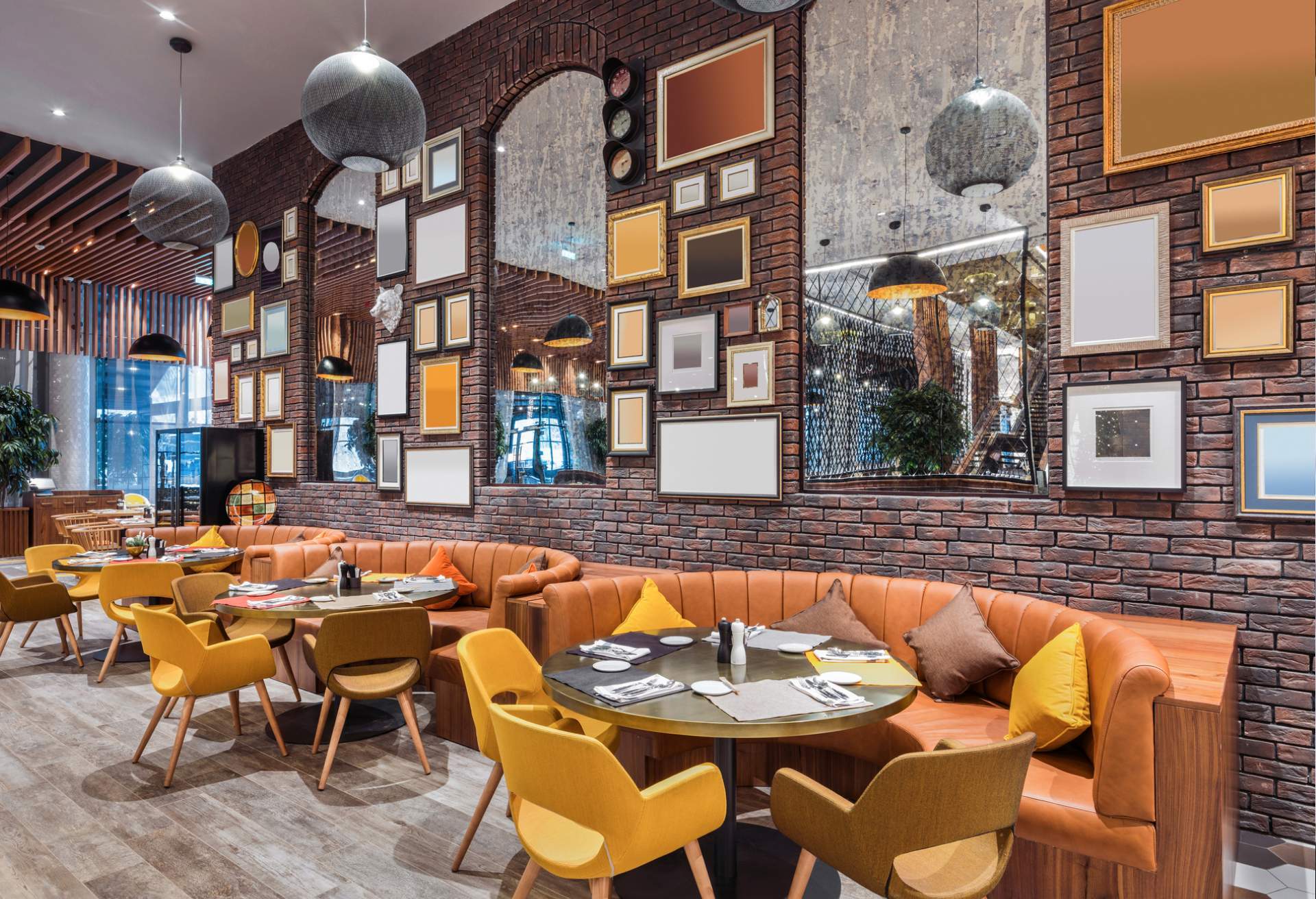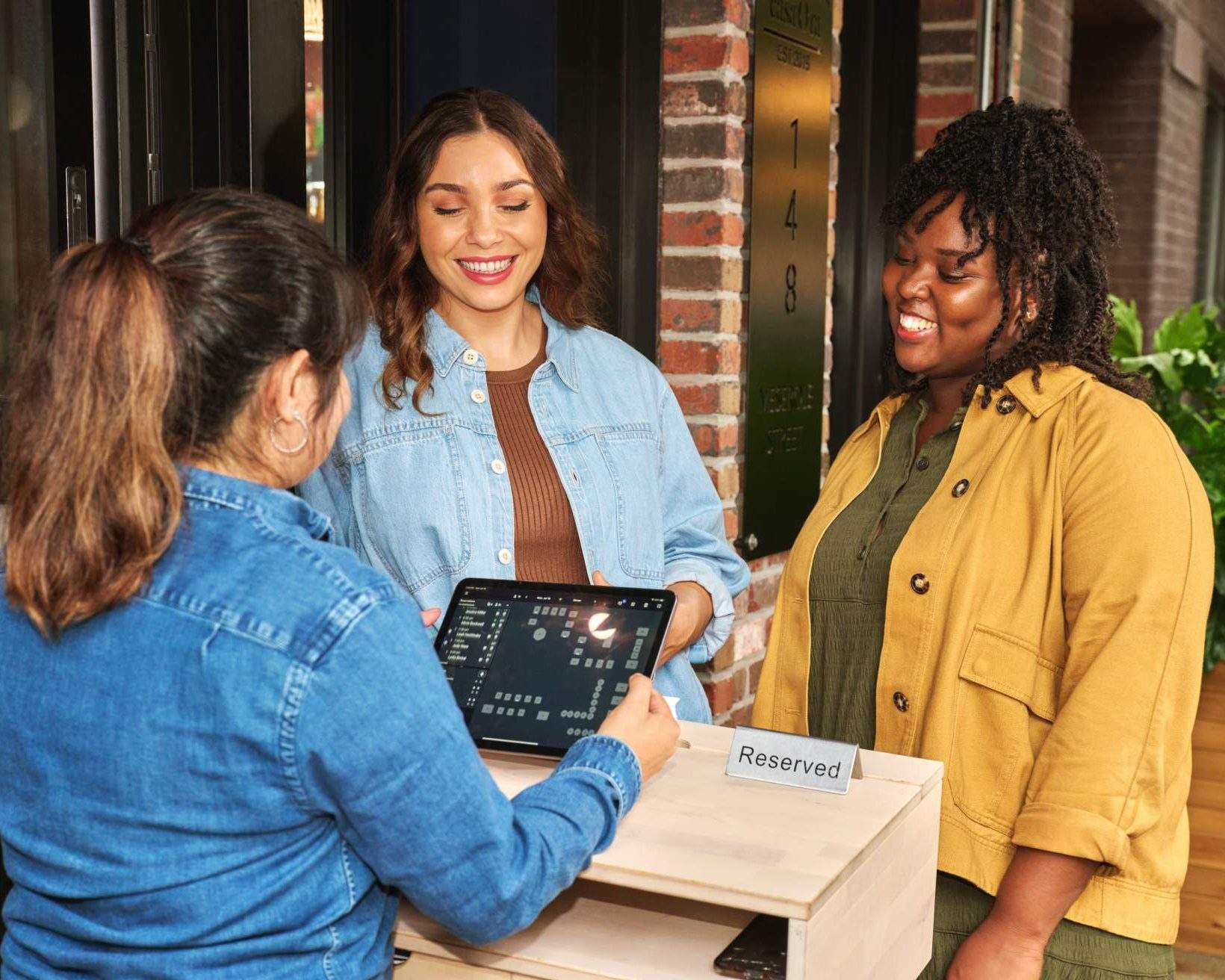Even before the pandemic, keeping a busy restaurant staffed with top-notch front-of-house professionals was a challenge. And during the past year, many hospitality pros have decided to move on to entirely different careers. Better-than-normal unemployment benefits may also be keeping some people out of the workforce for now.
Some restaurant groups have increased wages to at least $15 or offered other perks to entice a limited pool of workers. But not every small business is in a position to throw money at the problem, especially after the hard financial hits of the pandemic. Luckily, there are many low-cost or free ways to run your front-of-house, even with limited staff.
Here are some strategies to try that can help you offer great guest experiences even with a sub-optimal headcount.
Use QR codes
These scannable, square bar codes have become ubiquitous over the past year for many good reasons. In addition to eliminating the need for servers and guests to handle menus, QR codes can do some of the work a server typically does. They help guests get started before the server even greets the table—and yes, it also keeps guests and staff safe, an issue still top of mind for many people. Guests easily scan and review the menu without fussing with typing in web addresses or downloading an app, and staff is freed up to focus on more important aspects of good service. This means fewer servers on the floor can get more done in less time. With OpenTable’s QR code feature, you can generate as many codes as you need at no additional cost.
Cross-train your staff
When you’re working with a lean core team of employees, it makes sense for them all to have the skills to jump in and help each other. Teach your front of house staff to wait tables and your bussers to greet guests. Table-attending staff should know how to mix a drink in a pinch. Cross-training your team can increase efficiency during a busy service. One of the best benefits of this could be discovering a busser or host with big hospitality potential that’s been overlooked until now. You can help them advance careers and retain top talent in your own restaurant.
Set up contactless ordering and payment
Taking guests’ orders and settling up payment are significant parts of a server’s job. Using a digital system or app for digital ordering and payment increases guest satisfaction and staff efficiency at the same time. Guests like the convenience of making menu choices quickly, knowing a server is there if they have questions, and then paying for their meals with a few quick taps. This can all be accomplished via QR codes or another mobile platform.
Contactless ordering can also add up to more revenue. A guest who sees a busy server may hesitate to flag them down, but they will order up another round of drinks if they can do it without asking for help. And when people can pay and go as soon as they’re ready, it frees up that table faster so you can seat more guests. This makes guests happy because they don’t have to wait for a server and it reduces steps for your staff.
On the surface, it might seem like contactless ordering and payment would compromise service and guest satisfaction, but the opposite is actually true. A recent QSR Web report showed that 40 percent of Americans want to continue using contactless technology to view menus, order, and pay even after the pandemic ends.
Use an online waitlist
Moving your waitlist online frees up your front-of-the-house staff in many ways. Typically, guests crowd around the restaurant entrance, blocking the flow of traffic. They’re also prone to asking for frequent updates on the status of their table, pulling team members away from other work they could be doing. OpenTable’s online waitlist feature allows guests to take a walk or browse neighboring stores while they wait. The app—not your staff—will update them on wait times and ping them when their table is ready. (OpenTable has a QR code for online waitlists, too.)
Eliminate extra steps
There are probably ways to streamline tasks to take away any little jobs that aren’t absolutely necessary. For example, if you typically pour water for guests, placing a carafe of water on each table is a simple tweak. You can also provide extra silverware or rolls on the tables to eliminate the need to fetch extras on request. Bring guests takeout boxes for their leftovers instead of having staff members pack things up—many guests prefer this anyway. And take a hard look at your floor plan, ensuring that the setup of tables and server stations maximizes every possible efficiency.
Shift to counter-style service or other service styles
If you’re seriously short-staffed, it might be time for some creative problem-solving. Is it possible to rethink your concept a bit? Can you offer a more fast-casual or counter-style service until you’re able to hire and train more people? Other options to try might be going tapas-style (bringing dishes out when they’re ready) or offering family-style menu items that feed multiple guests.
Hold pre-shift meetings
When you are working with a smaller crew than you really need, it’s stressful for both you and your staff. A regular pre-shift meeting can help a lot. Good communication, making sure roles and responsibilities are clearly spelled out, can increase efficiency. This is the perfect time to go over the OpenTable “shift overview” for the service that’s about to happen. Giving staff a heads up about who is coming in and what to expect can go a long way to a smooth service and higher quality hospitality.
Be upfront with guests
If wait times are getting long or other issues crop up, tell guests what’s happening. The pandemic has made many guests more empathetic with how the restaurant industry really works and the struggles it has faced recently. And it never hurts to have small, low-cost snacks or little dishes on hand to send out to disguise any extended breaks between courses. You might be surprised how much more tolerant guests are of longer wait times or other little blips when you send a little something on the house. And encourage guests to be upfront with you, too. If they really have a certain time they need to leave, you can fast track their food. But only if they tell you!
There is nothing like having a full team firing on all cylinders in your restaurant. But until the situation shifts and brings more people back into the hospitality fold, these strategies can help you thrive without sacrificing the fundamentals of great service.
Get the tools, guidance, and insights to help you connect with guests and succeed
Listen to the audio version of our hiring guide
There’s no denying that it’s tough out there, but it’s still possible to attract the talented team you need to thrive. Get actionable tips, data, and expertise for hiring in this competitive labor market.




